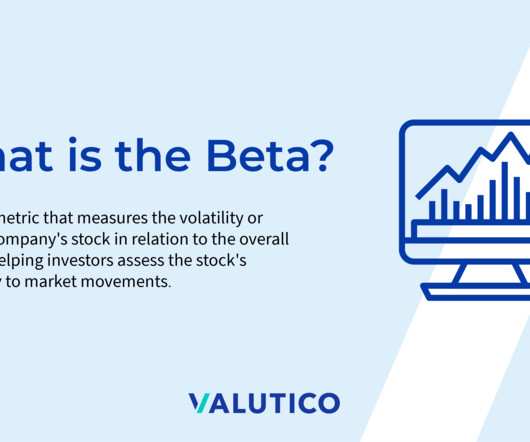Beta Explained: What It Is and How to Calculate It
Valutico
FEBRUARY 13, 2025
In the world of finance and investing, the concept of beta plays a vital role in assessing an investment’s risk and volatility. Whether you’re a seasoned investor or new to the market, understanding beta can empower you to make informed decisions. For example, a beta of 1.5 suggests dampened price movements, around 0.8%












Let's personalize your content